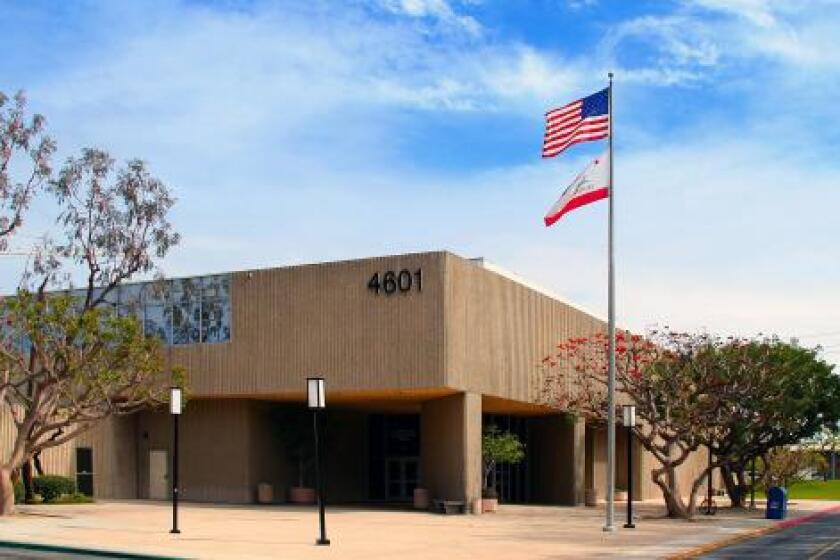GARDEN FANATIC: Early signs of spring
- Share via
“To be interested in the changing seasons is... a happier state of mind than to be hopelessly in love with spring.” “” George Santayana
“If winter comes, can spring be far behind?” “” Percy Bysshe Shelley
The calendar indicates that we have about five weeks to wait until spring (we have completed 56 days of winter as of today). It has been almost two weeks since it last rained. Subtle signs of the season’s change are appearing.
Deciduous trees, like the sycamore and Western Red Bud, are beginning to leaf out under mainly clear skies, and my Mom’s Iceberg roses have already begun to display bountiful blossoms.
Despite the date, spring is in the air in Laguna, a time for growth and flowers. Adding extra nutrients will enhance the beauty of your plants.
If you still have berries and bare root roses in plastic bags, they must be planted (NOW!) before it is too late. This also applies to Maui onions, artichokes and the remaining spring bulbs sitting in the garage. Check with your local nursery person if you have forgotten what you were supposed to do with them.
The planting of tomatoes and herbs needn’t be hurried; the skies could become foggy or cloudy and chilly nights still lurk. If you plant too early, your plants may be lost to the cold. Be a little patient. Of course, there is always the rush to see who has the first homegrown tomato.
The advantages of planting in mid-February are longer days and warmer sunlight. Once in the ground, plants have a full season’s growth before they enter their first winter after transplanting. But due to other imperative spring work (like surfing in Mexico), it is impossible to complete all garden plans. Relax: This is Laguna, and we can plant the year around!
The azaleas and camellias were lovely this winter and are now reaching their peak flowering period. Old camellia flowers should be raked up and destroyed to prevent flower blight next season. Once all of the blooms are spent, fertilize both plants with a complete fertilizer for acid-loving plants. Finally, mulch the shade beds with azalea mix, peat moss, or leaf mold.
Almost lost in the flurry of spring horticulture was the activity by our feathered friends. Nests have appeared, and the insistent chirping and cheeping seems to indicate that a new generation hummingbirds, doves and mockingbirds are on their way.
Our upcoming spring flowers and well-supplied bird feeders will provide a delectable and ample supply of food for them all. See you next time.
STEVE KAWARATANI is married to writer Catharine Cooper and has one cat and five dogs. He can be reached at (949) 497-8168, or e-mail to [email protected]
All the latest on Orange County from Orange County.
Get our free TimesOC newsletter.
You may occasionally receive promotional content from the Daily Pilot.



